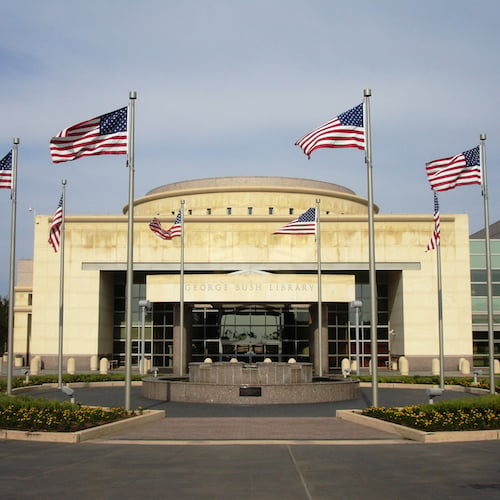

President Barack Obama revealed earlier this month his plans for a presidential museum and library to be built in Jackson Park on the South Side of Chicago, on the grounds of the 1893 world’s fair. While a final figure has not been released yet, estimates put the total cost of the center at $500 million or more.
The Obama Presidential Center, slated to be completed in 2021, will certainly not be the first large or expensive presidential library. George W. Bush’s library, which opened in Dallas in 2013, required the president to raise a $500 million endowment to cover short-term and long term costs. The initial price tag, according to the National Archive, was slightly under $50 million in today’s dollars. The extent that Obama’s library will exceed that figure is still unclear.
Since Franklin Roosevelt broke ground on the FDR Presidential Library Museum in 1939 in Hyde Park, New York, near his estate, presidential archives and museums have been a matter of course following every commander in chief’s tenure. Not including the upcoming Obama library, today there are 13 presidential libraries that preserve and provide access to historical materials of every president since Roosevelt.
The initial construction costs of these libraries, adjusting the cost into today’s dollars, ranges from $6 million to nearly $50 million.
Click here to see cost details on each of the 13 existing presidential libraries and museums.
Click here to see our detailed findings.
Click here to see our methodology.
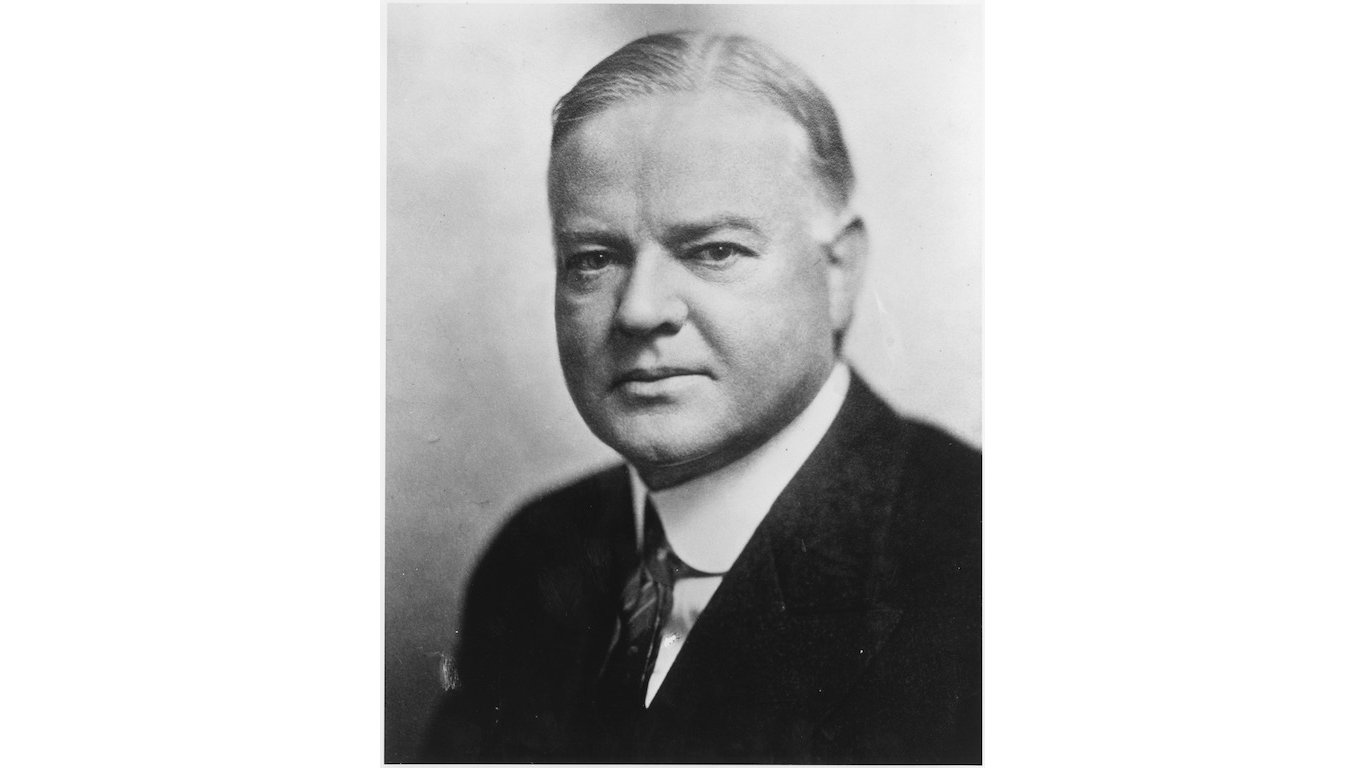
1. Herbert Hoover
> Size: 47,169 sq.ft.
> Date founded: August 10, 1962
> Cost (inflation adjusted): $8,070,099
> Location: West Branch, IA
[in-text-ad]
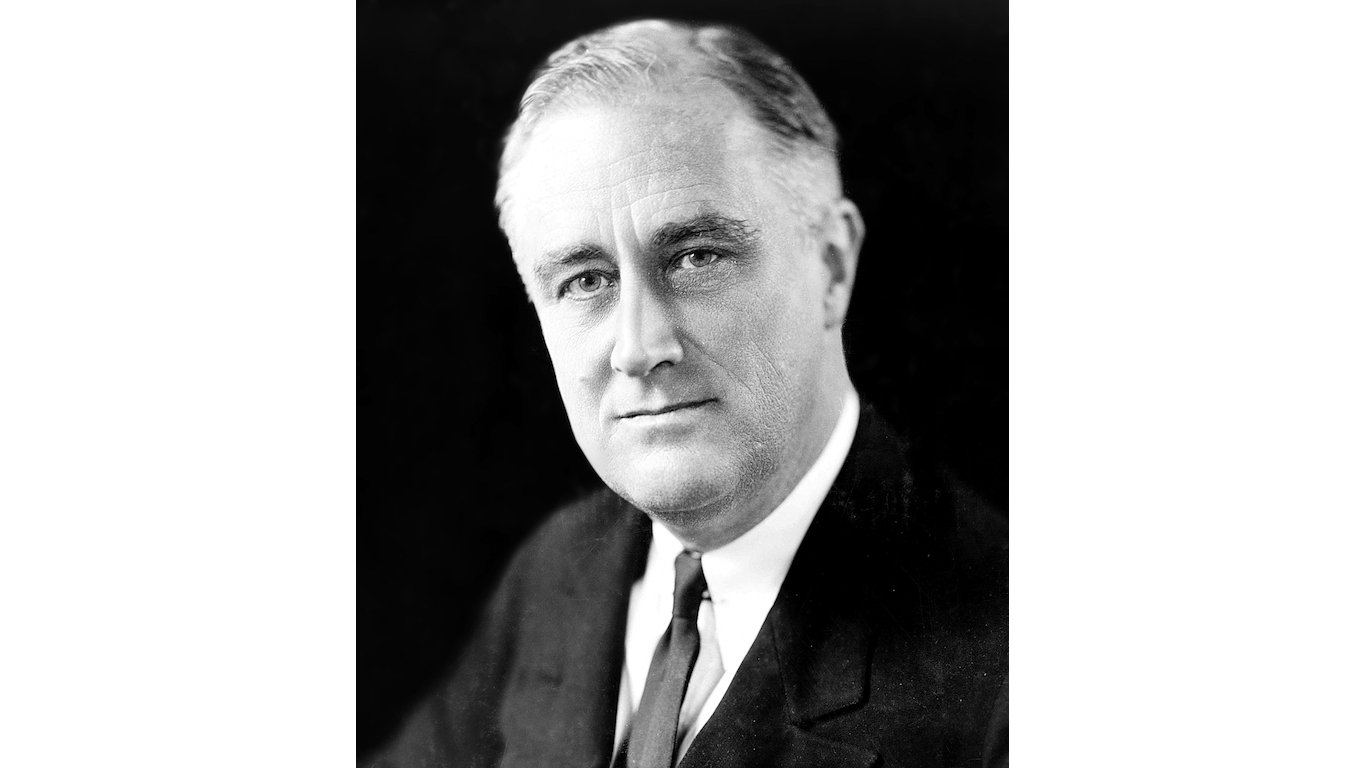
2. Franklin D. Roosevelt
> Size: 109,375 sq.ft.
> Date founded: June 30, 1941
> Cost (inflation adjusted): $6,071,514
> Location: Hyde Park, NY
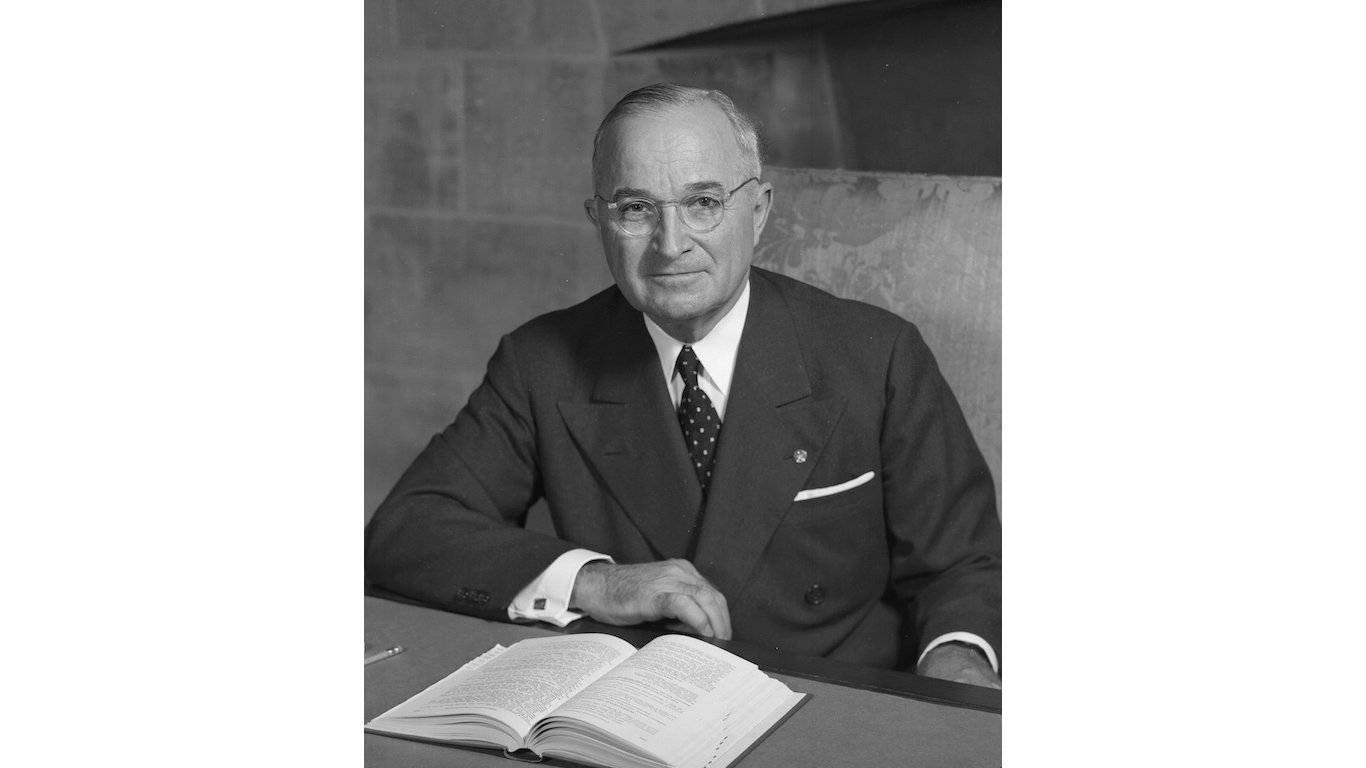
3. Harry S. Truman
> Size: 100,850 sq.ft.
> Date founded: July 06, 1957
> Cost (inflation adjusted): $25,541,093
> Location: Independence, MO

4. Dwight D. Eisenhower
> Size: 111,942 sq.ft.
> Date founded: May 1, 1962 (library) / November 11, 1971 (museum)
> Cost (inflation adjusted): $23,855,212
> Location: Abilene, KS
[in-text-ad-2]
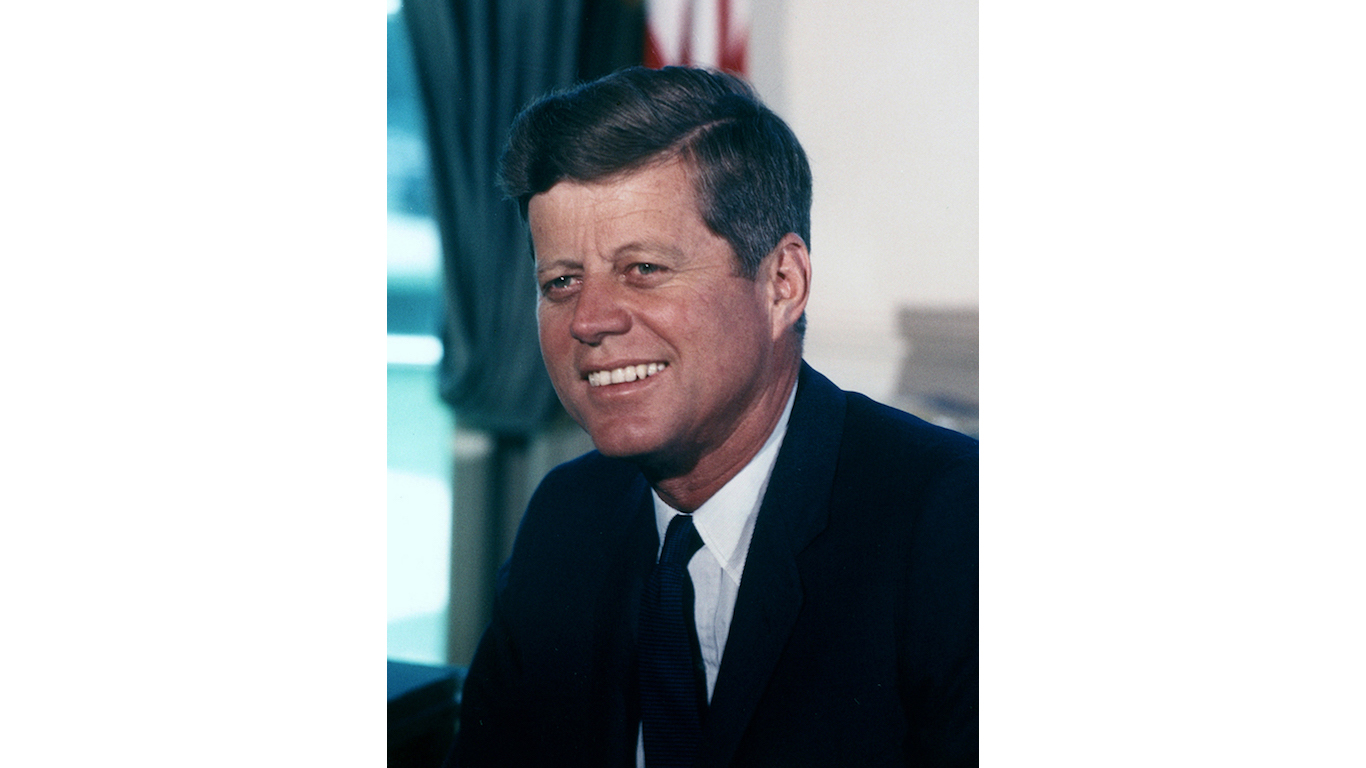
5. John F. Kennedy
> Size: 166,573 sq.ft.
> Date founded: October 20, 1979
> Cost (inflation adjusted): $58,500,000
> Location: Boston, MA

6. Lyndon B. Johnson
> Size: 134,695 sq.ft.
> Date founded: May 22, 1971
> Cost (inflation adjusted): $60,675,930
> Location: Austin, TX
[in-text-ad]
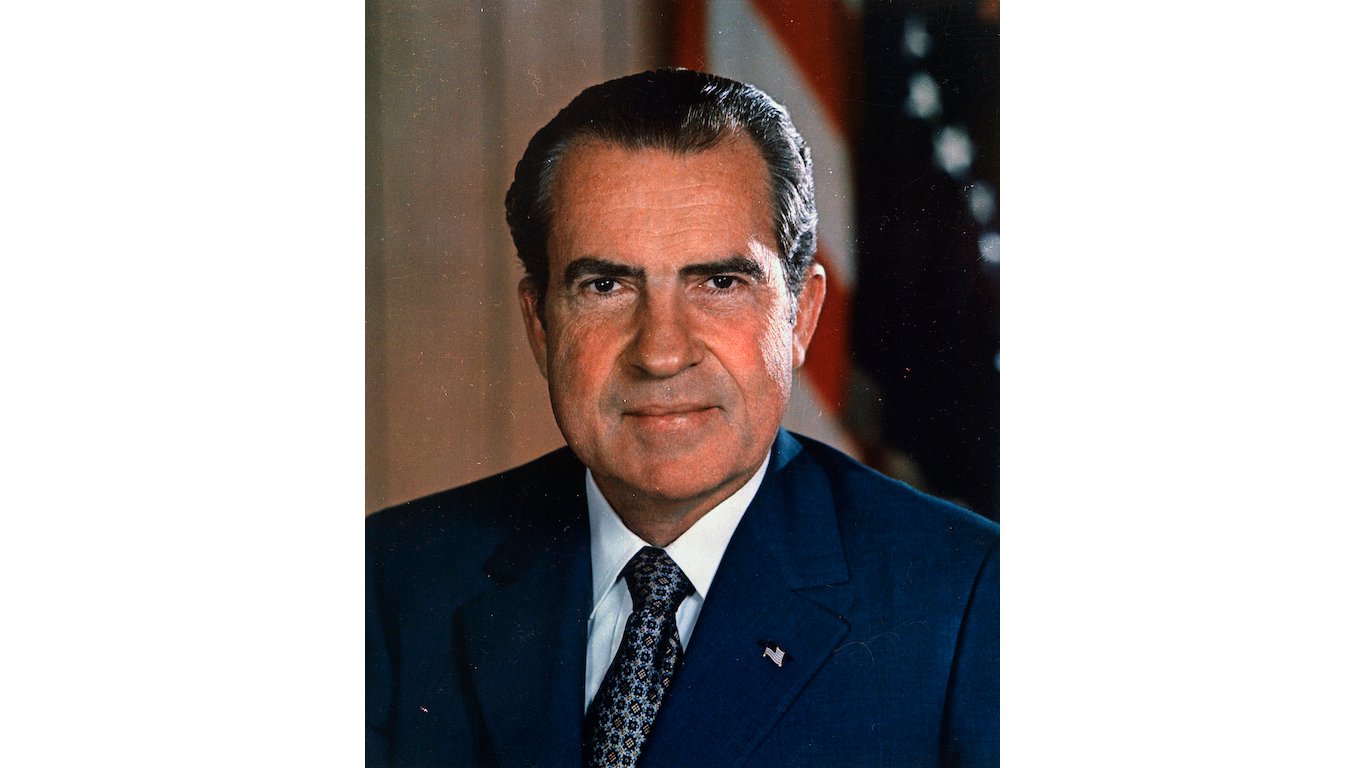
7. Richard Nixon
> Size: 70,632 sq.ft.
> Date founded: July 19, 1990
> Cost (inflation adjusted): N/A
> Location: Yorba Linda, CA
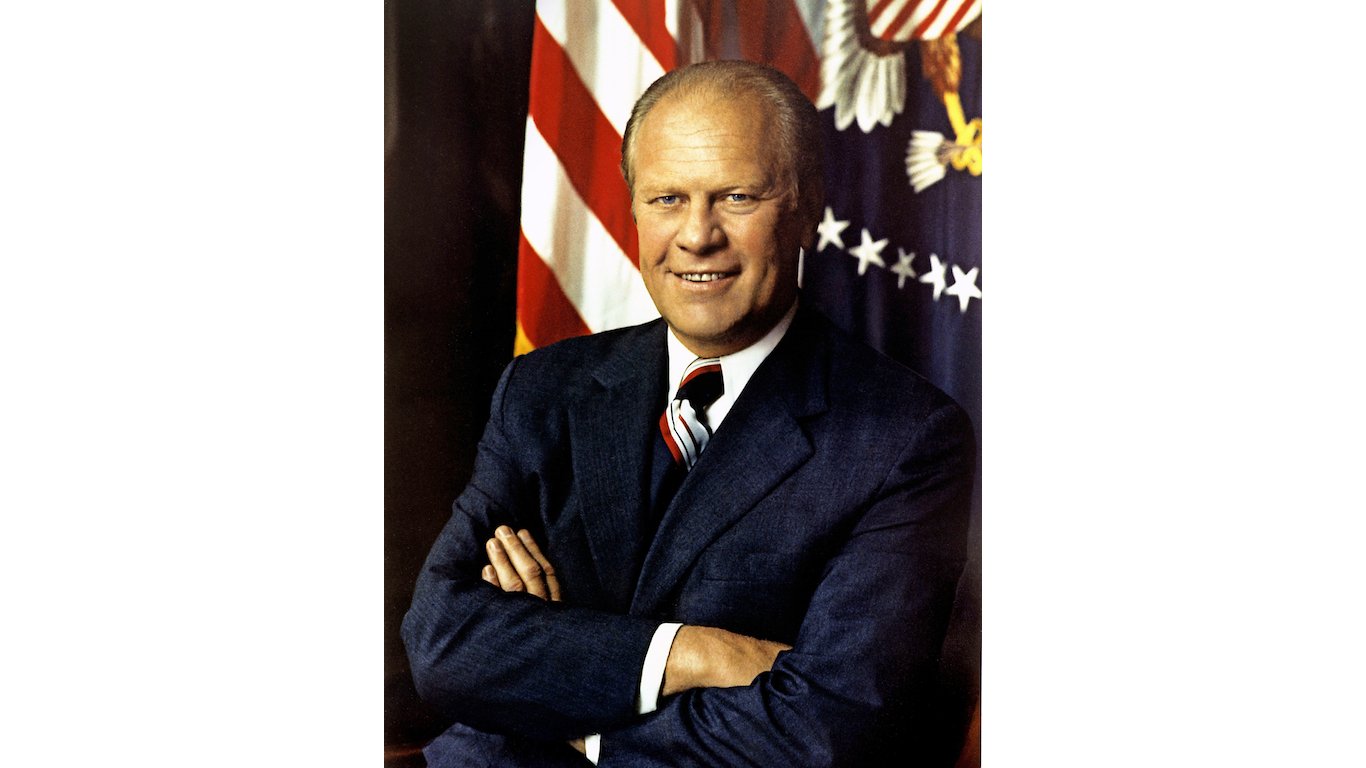
8. Gerald R. Ford
> Size: 50,760 sq.ft. (library) 54,004 sq.ft. (museum)
> Date founded: April 27, 1981 (library) September 1981 (museum)
> Cost (inflation adjusted): $31,236,000
> Location: Ann Arbor, MI
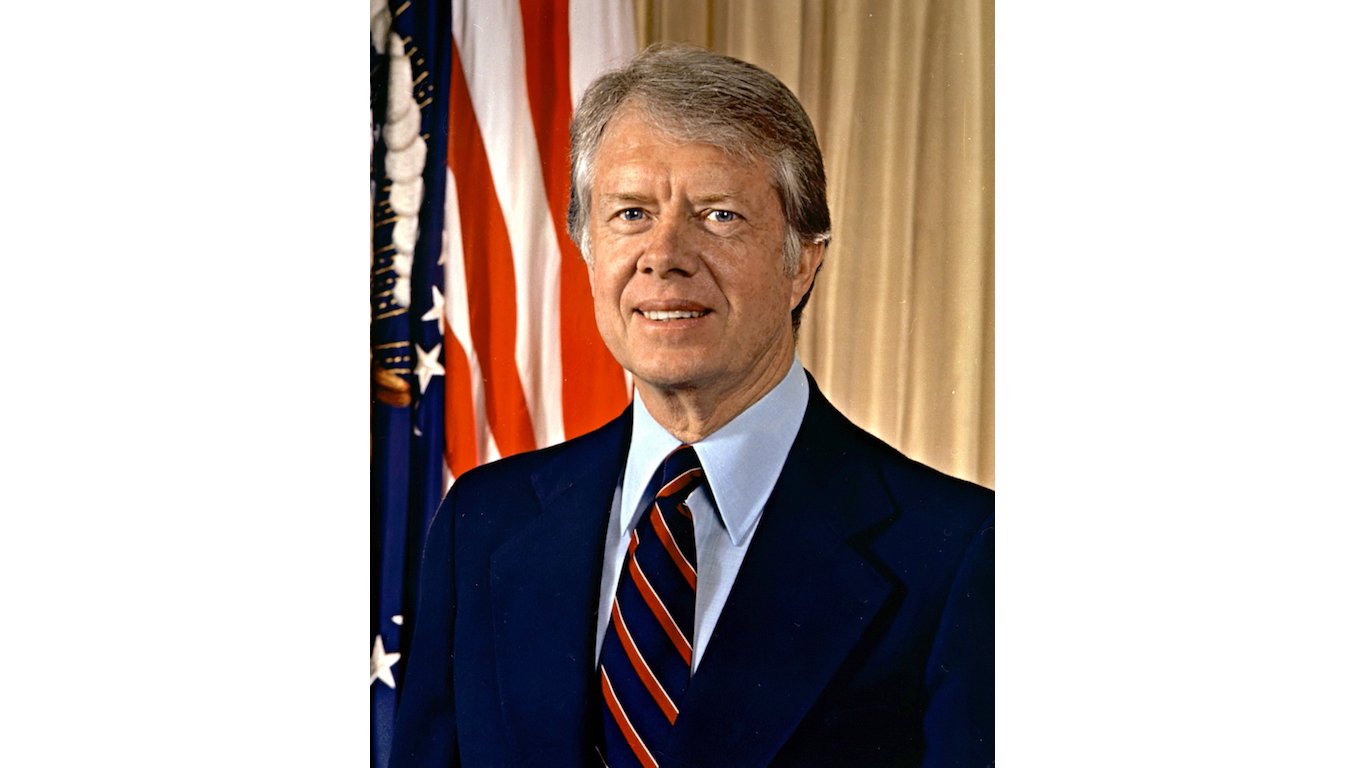
9. Jimmy Carter
> Size: 85,592 sq.ft.
> Date founded: October 1, 1986
> Cost (inflation adjusted): $57,720,000
> Location: Atlanta, GA
[in-text-ad-2]
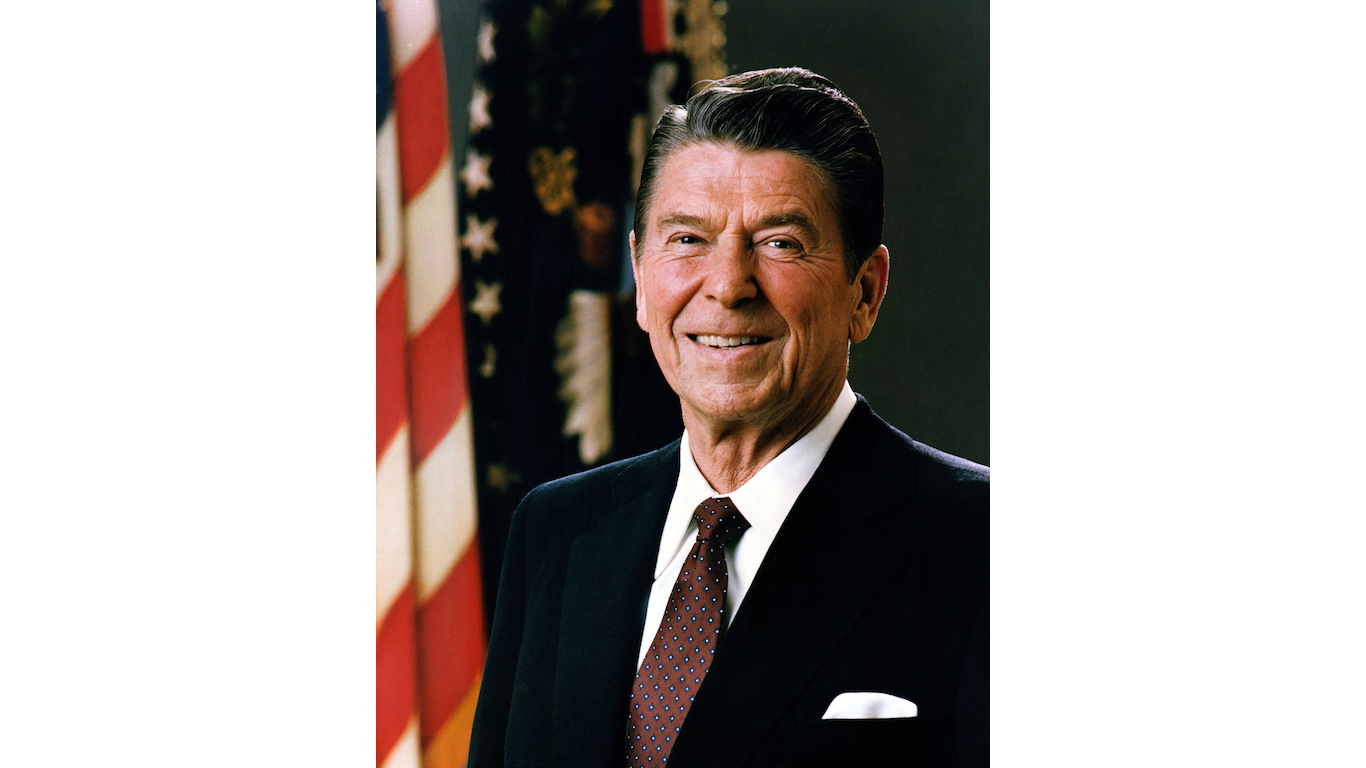
10. Ronald Reagan
> Size: 147,400 sq.ft.
> Date founded: November 4, 1991
> Cost (inflation adjusted): $76,110,000
> Location: Simi Valley, CA
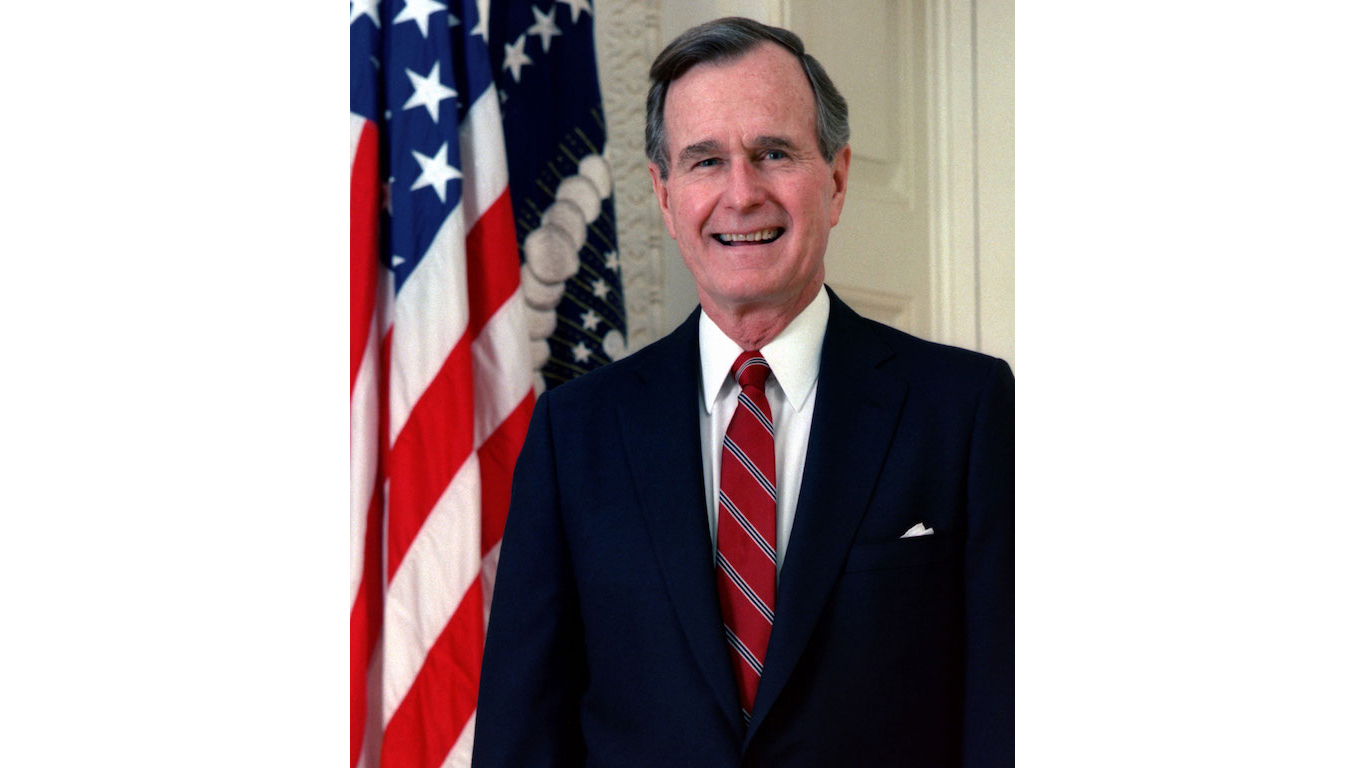
11. George H. W. Bush
> Size: 69,049 sq.ft.
> Date founded: November 6, 1997
> Cost (inflation adjusted): $33,803,111
> Location: College Station, TX
[in-text-ad]
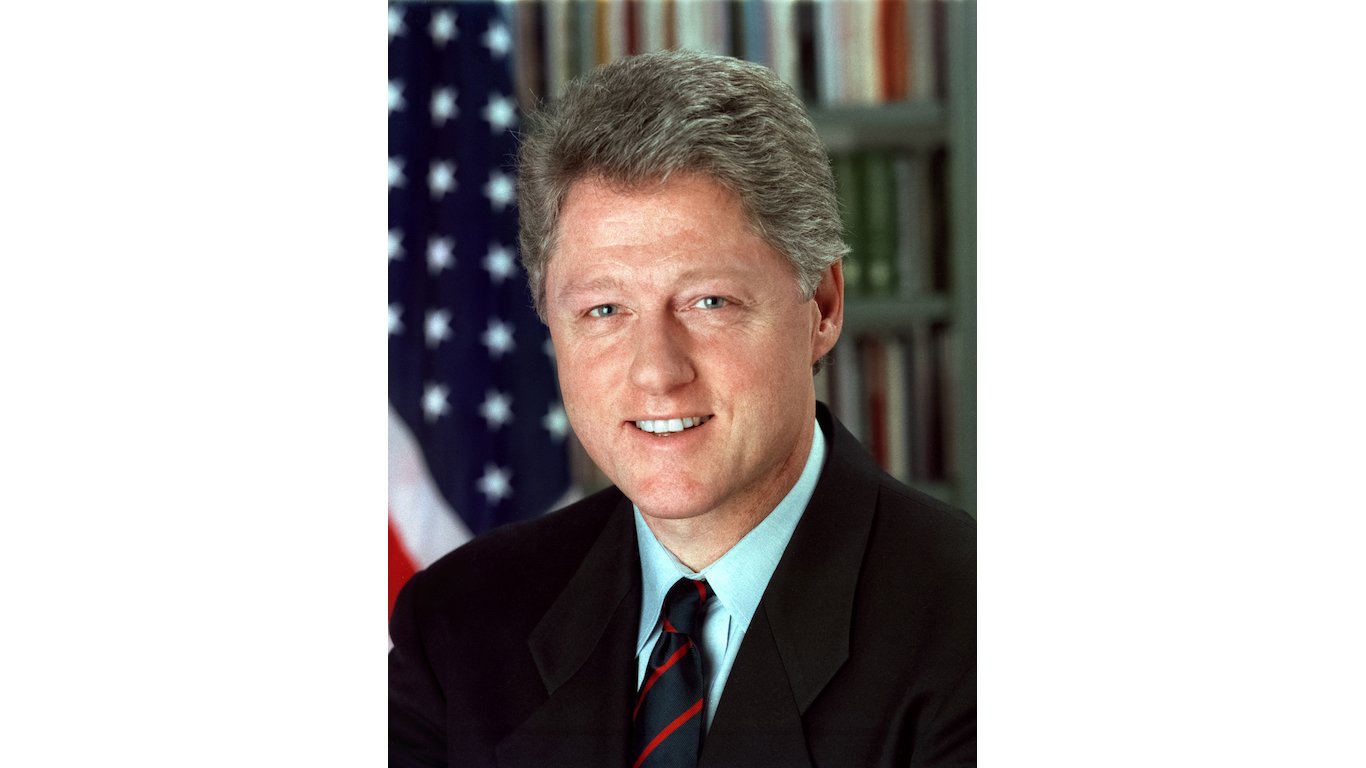
12. William J. Clinton
> Size: 68,698 sq.ft.
> Date founded: November 18, 2004
> Cost (inflation adjusted): $46,080,000
> Location: Little Rock, AR
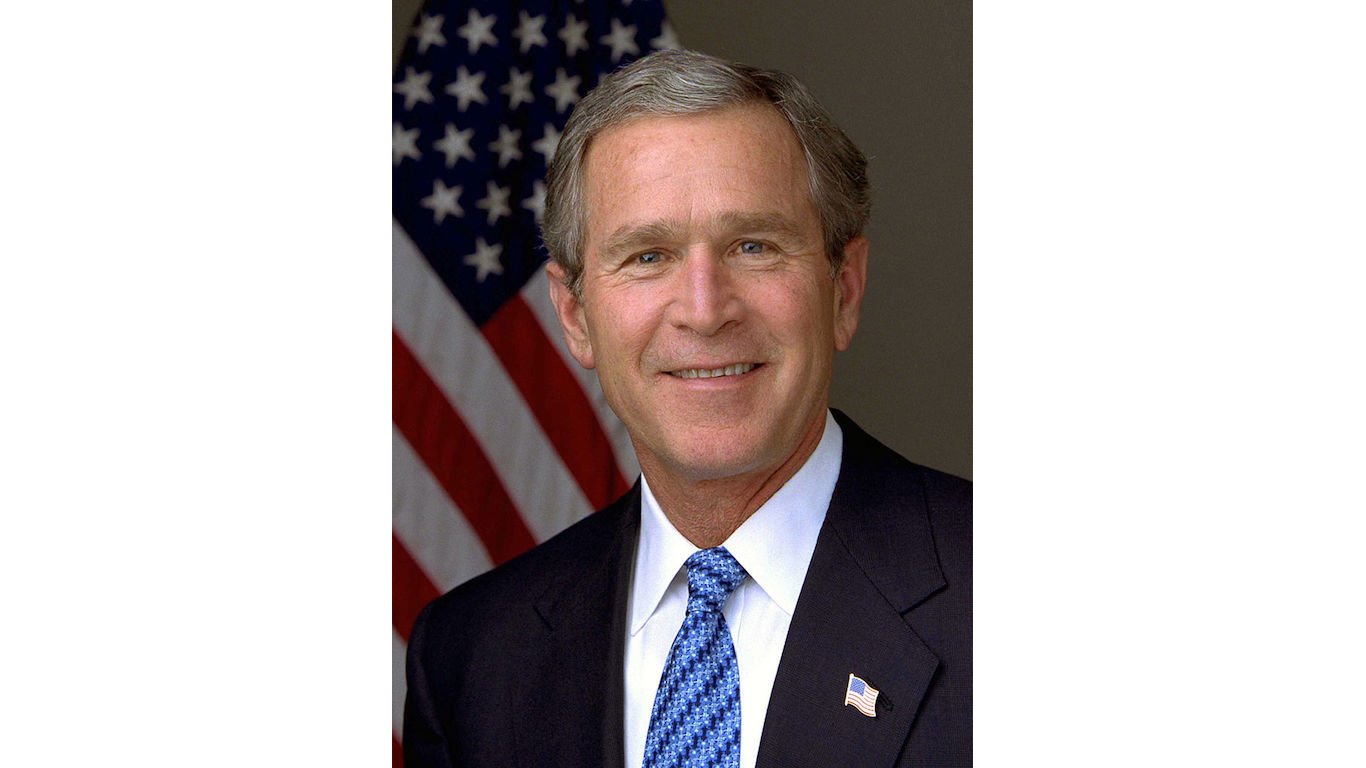
13. George W. Bush
> Size: 60,972 sq.ft.
> Date founded: April 25, 2013
> Cost (inflation adjusted): $49,249,624
> Location: Dallas, TX
Detailed Findings:
The president and his foundation are generally responsible for sculpting records and artifacts to tell the story of their legacy as they choose to present it, so it might irk some to know that these libraries are owned and operated by the national archives — a taxpayer-funded body. However, taxpayers do not actually pay to build these facilities, and today only cover a portion of the total upkeep of the libraries of recent presidents.
In 1955, under President Harry Truman, Congress passed the Presidential Libraries Act, which effectively created today’s current system. According to the act, presidential libraries and museums must be funded by a president’s private foundation. Once complete, the facility is donated to the federal government, which manages and maintains operations of the facility.
Over time, however, these archives and museums have become increasingly large and expensive, and taxpayers had to foot a larger and larger bill to pay for their regular upkeep. To deal with this issue, Congress in 1986 passed a law maintaining that the government needed only to foot the upkeep bill for 70,000 square feet of facility. Anything beyond that is the responsibility of the president’s foundation.
To date, the Obama administration plans to raise at least $1 billion. We contacted President Obama’s Foundation, and they informed us the Obama Presidential Center would be completely funded by private donations.
Corre
Methodology:
The National Archives provided 24/7 Wall St. with the initial investment of each of the 13 existing presidential libraries. Costs listed in this article are adjusted for inflation in 2016 dollars, based on the Bureau of Labor Statistics’ CPI inflation calculator. Unless otherwise noted, costs include both the presidential library and museum.
Sponsored: Want to Retire Early? Here’s a Great First Step
Want retirement to come a few years earlier than you’d planned? Or are you ready to retire now, but want an extra set of eyes on your finances?
Now you can speak with up to 3 financial experts in your area for FREE. By simply clicking here you can begin to match with financial professionals who can help you build your plan to retire early. And the best part? The first conversation with them is free.
Click here to match with up to 3 financial pros who would be excited to help you make financial decisions.
Thank you for reading! Have some feedback for us?
Contact the 24/7 Wall St. editorial team.
 24/7 Wall St.
24/7 Wall St. 24/7 Wall St.
24/7 Wall St. 24/7 Wall St.
24/7 Wall St.
